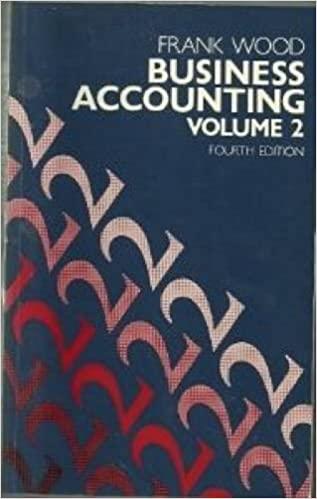

Daryl Kearns saved $200,000 during the 25 years that he worked for a major corporation. Now he has retired at the age of 50 and has begun to draw a comfortable pension check every month. He wants to ensure the financial security of his retirement by investing his savings wisely and is currently considering two investment opportunities. Both investments require an initial payment of $190,000. The following table presents the estimated cash inflows for the two alternatives: Opportunity #1 Opportunity #2 Year 1 $ 55,665 103,600 Year 2 $ 58,870 109,700 Year 3 $78,880 17,500 Year 4 $101,390 14,300 Mr. Kearns decides to use his past average return on mutual fund investments as the discount rate; it is 10 percent. (PV of $1 and PVA of $1) (Use appropriate factor(s) from the tables provided.) Required a. Compute the net present value of each opportunity. Which should Mr. Kearns adopt based on the net present value approach? b. Compute the payback period for each opportunity. Which should Mr. Kearns adopt based on the payback approach? Complete this question by entering your answers in the tabs below. Required A Required B Compute the net present value of each opportunity. Which should Mr. Kearns adopt based on the net present value approach? (Round your intermediate calculations and final answer to two decimal places.) Net Present Value Opportunity 1 lonortunity 2 Daryl Kearns saved $200,000 during the 25 years that he worked for a major corporation. Now he has retired at the age of 50 and has begun to draw a comfortable pension check every month. He wants to ensure the financial security of his retirement by investing his savings wisely and is currently considering two investment opportunities. Both investments require an initial payment of $190,000. The following table presents the estimated cash inflows for the two alternatives: Opportunity #1 Opportunity #2 Year 1 $ 55,665 103,600 Year 2 $ 58,870 109,700 Year 3 $78,880 17,500 Year 4 $101,390 14,300 Mr. Kearns decides to use his past average return on mutual fund investments as the discount rate; it is 10 percent. (PV of $1 and PVA of $1) (Use appropriate factor(s) from the tables provided.) Required a. Compute the net present value of each opportunity. Which should Mr. Kearns adopt based on the net present value approach? b. Compute the payback period for each opportunity. Which should Mr. Kearns adopt based on the payback approach? Complete this question by entering your answers in the tabs below. Required A Required B Compute the payback period for each opportunity. Which should Mr. Kearns adopt based on the payback approach? Payback Period years Opportunity 1 Opportunity 2 years








